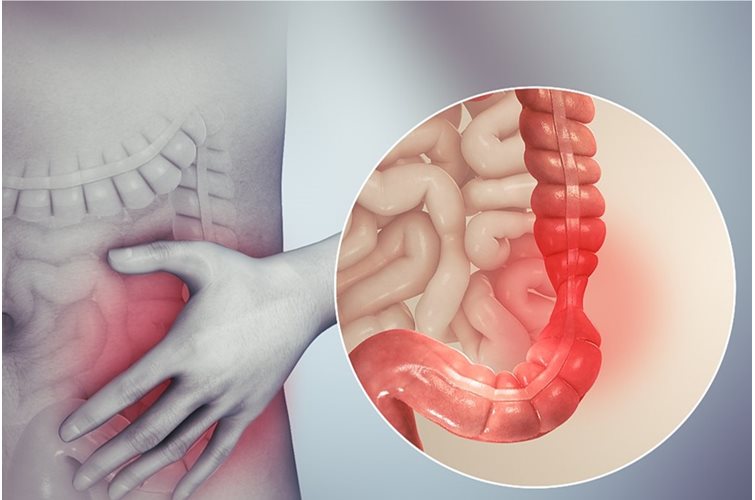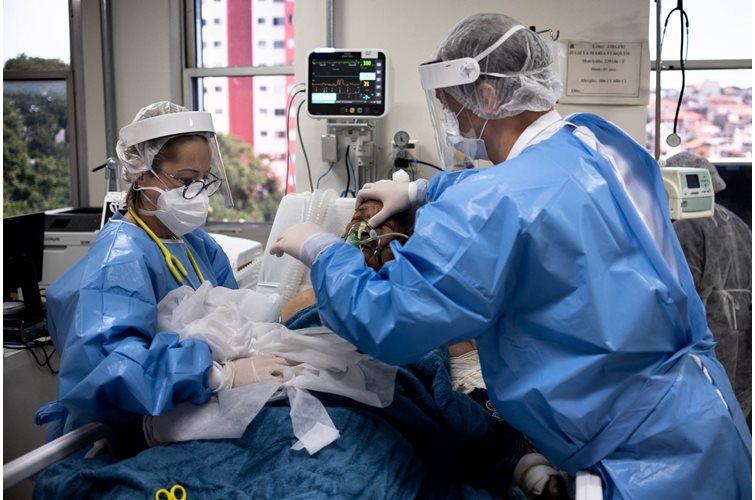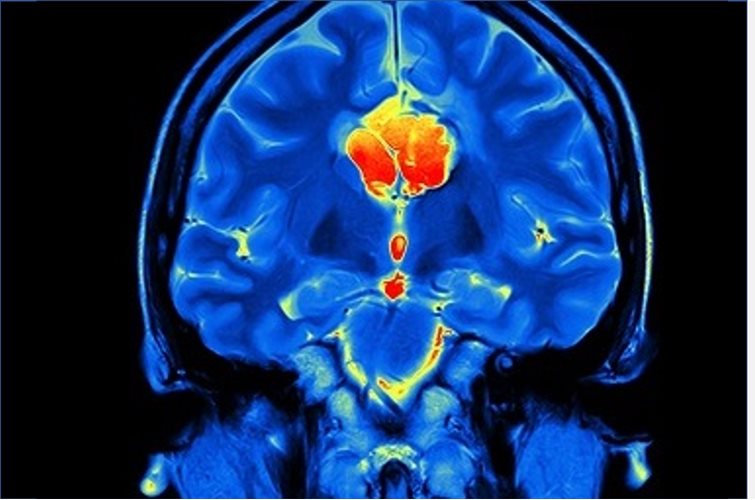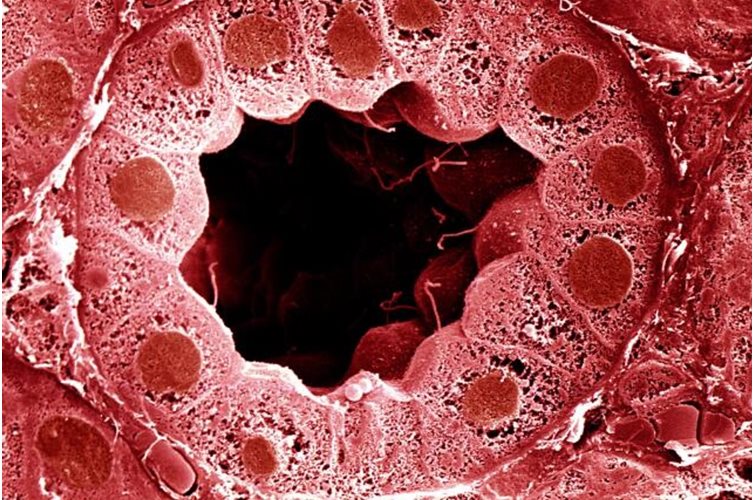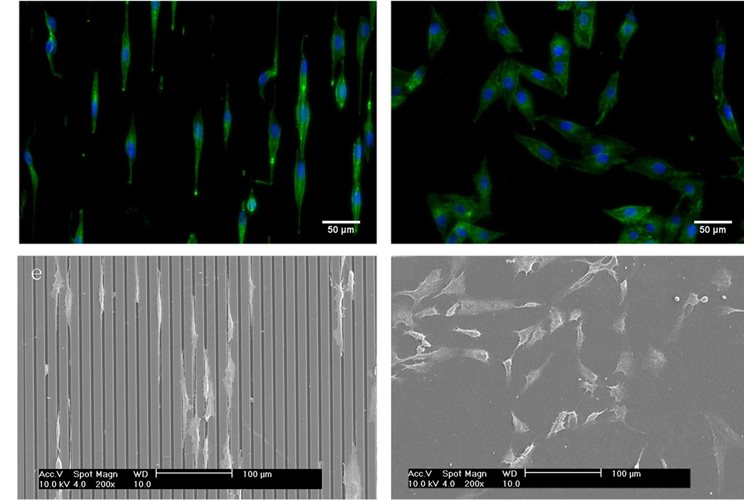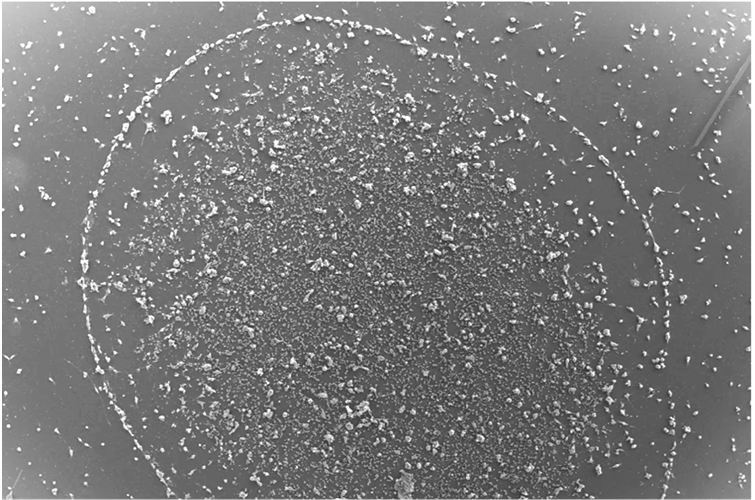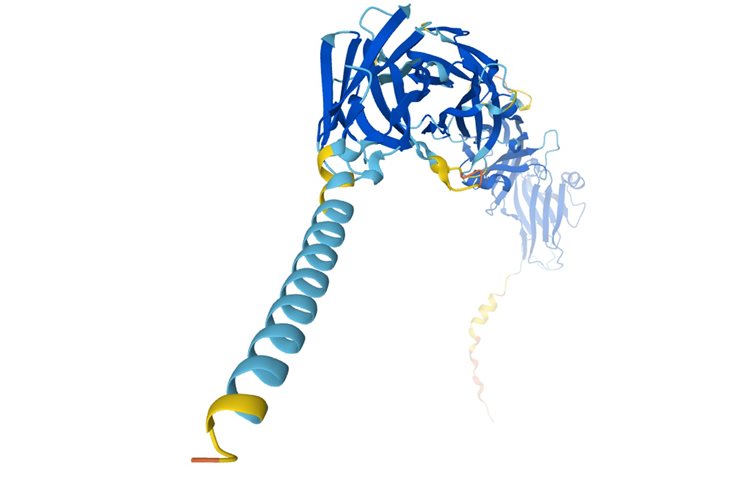PODS-PeptiGels for improved 3D cell culture launched
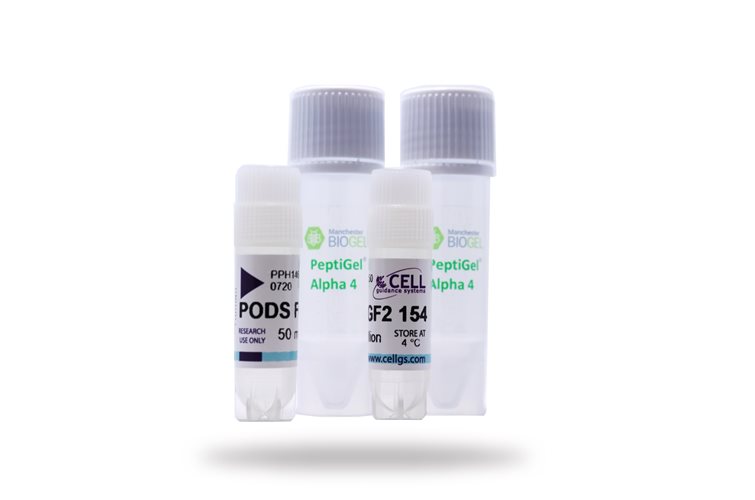
Cell Guidance Systems and Manchester BIOGEL collaborate to launch PODS-PeptiGels for 3D cell culture • PODS-PeptiGels combine two stand-out technologies in a single customisable cell culture environment • Provides researchers with a predictable and controlled system, with potential for long-term experiments and reduced hands-on time

